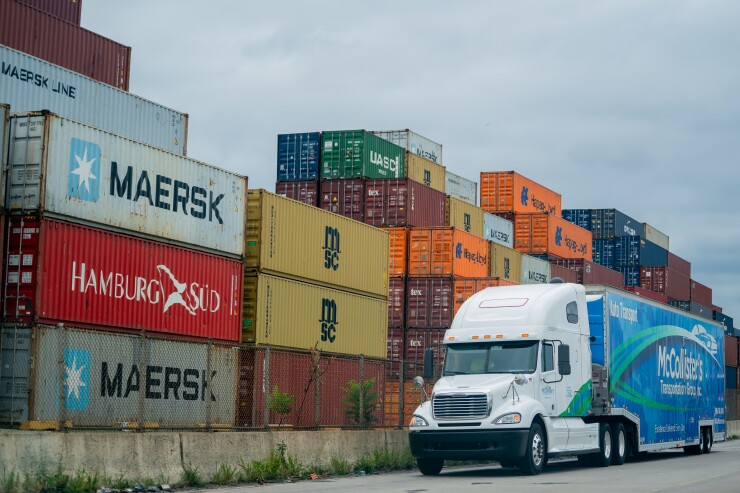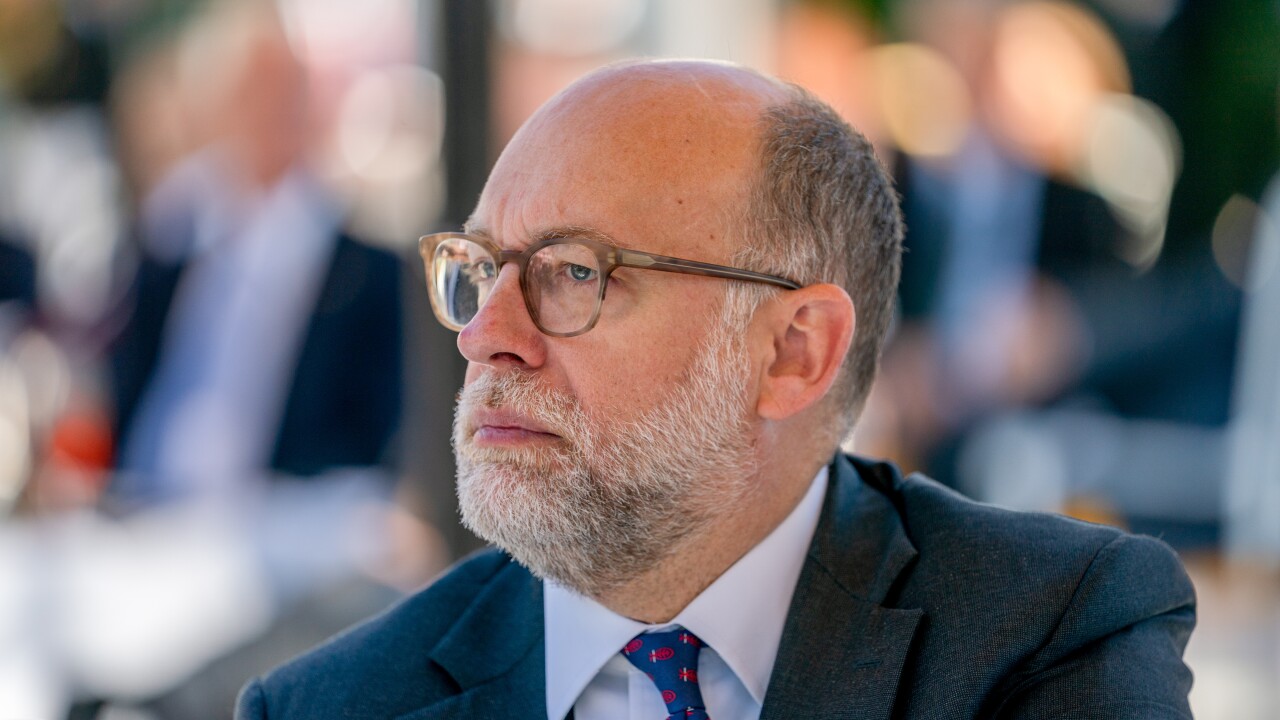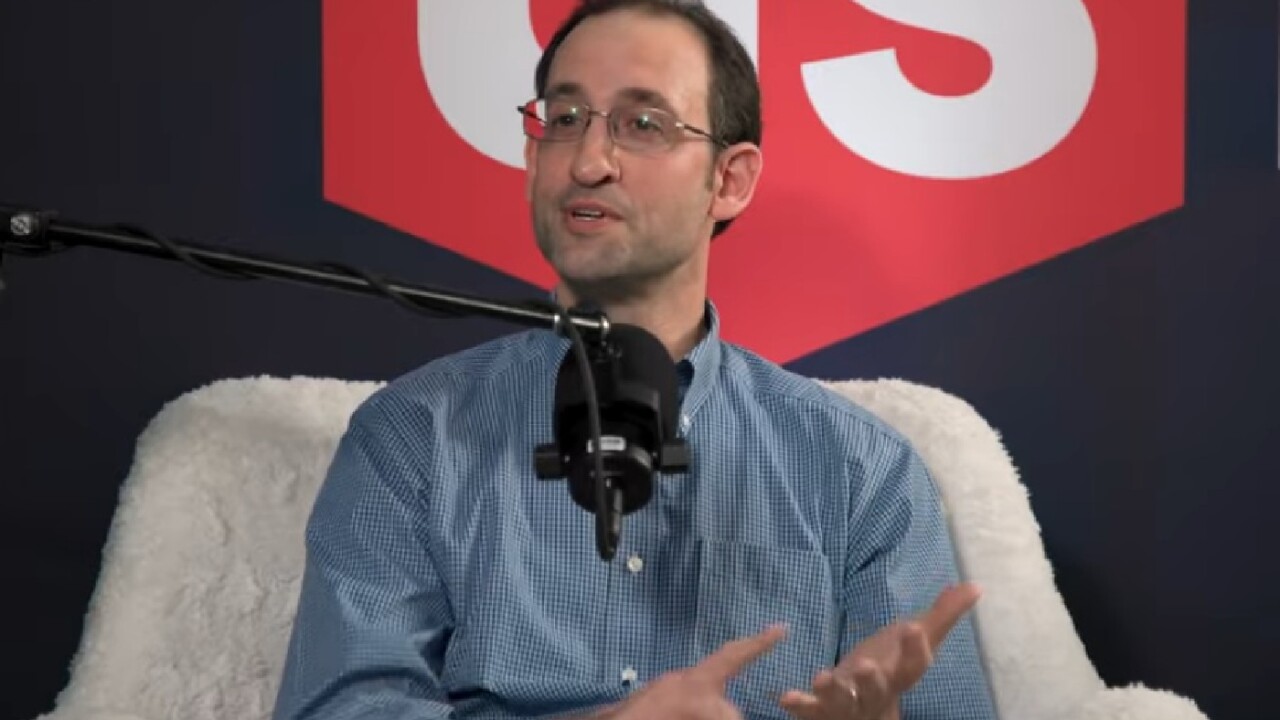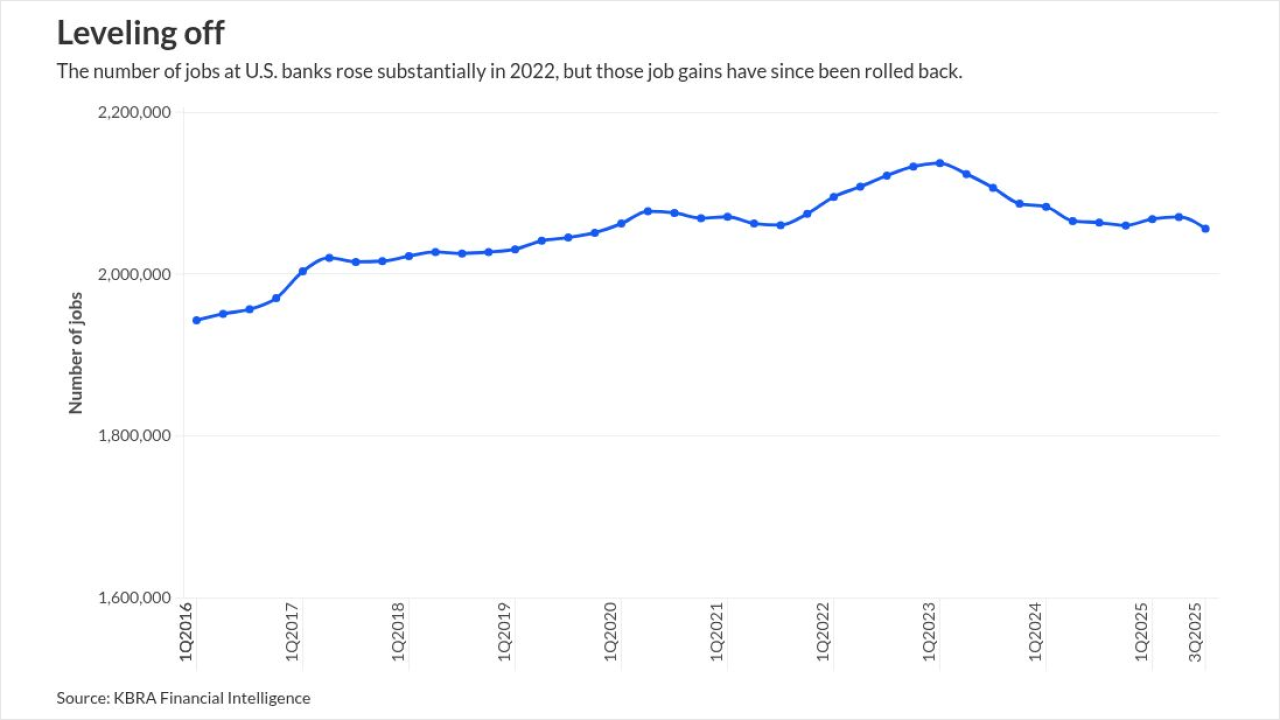
Increased tariffs are forcing retailers into a delicate high-wire act as they seek to optimize inventory and adjust pricing to reflect higher costs, according to a new
"Our clients are expressing real caution in terms of what they're doing, what their business planning is," John Crum, managing director, specialty equipment finance and leasing at the San Francisco-based
Pricing issues are top of mind as retailers grapple with increased costs and the question of how much to pass on to consumers. "What we've seen is, it is a completely mixed bag as it relates to how each operator is [handling] that," Adam Davis, managing director for
The $1.98 trillion-asset
While the report indicates that retailers of all stripes have adopted a wary approach, it also strikes some more optimistic notes. "We are seeing the use of supply chain financing up 10% to 15% over the last 90 days versus the same period in 2024," Jeremy Jansen, head of global originations for
Included in the uptick was "a relatively robust increase" in shipments from the Asia-Pacific region, especially India, South Korea and Malaysia, Jansen said. He added that the level of shipments from China was flat, compared with 2024.
"Certainly, the last 60 days there's been more calming out there as the tariff picture starts to get a bit clearer," Jansen said.
Still, according to a Federal Reserve Bank of Cleveland survey of market conditions in its four-state footprint released Thursday, nearly 60% of the businesses that responded cited economic uncertainty as a key determining factor in planning capital expenditures for the second half of 2025.
"Planning is really difficult with some of the starts and stops" that have accompanied the implementation of tariff increases, Crum said on Wednesday's call.
Looking ahead to the holiday shopping season,
Gus Foucher, chief economist at PNC Financial Services Group, is predicting slower economic growth in the second half of 2025 and into 2026, due in large part to the shifts in trade policy under President Donald Trump.
Foucher's forecast calls for real gross domestic product growth of 1% to 1.25% in 2026, down considerably from the 3.3% growth rate in the second quarter of this year.
"Tariffs are a big tax increase," Foucher told American Banker on Thursday. "They're going to drive prices higher for consumers, so that's going to make it more difficult for them to increase their spending. The uncertainty surrounding tariffs is going to be a drag on business investment."





